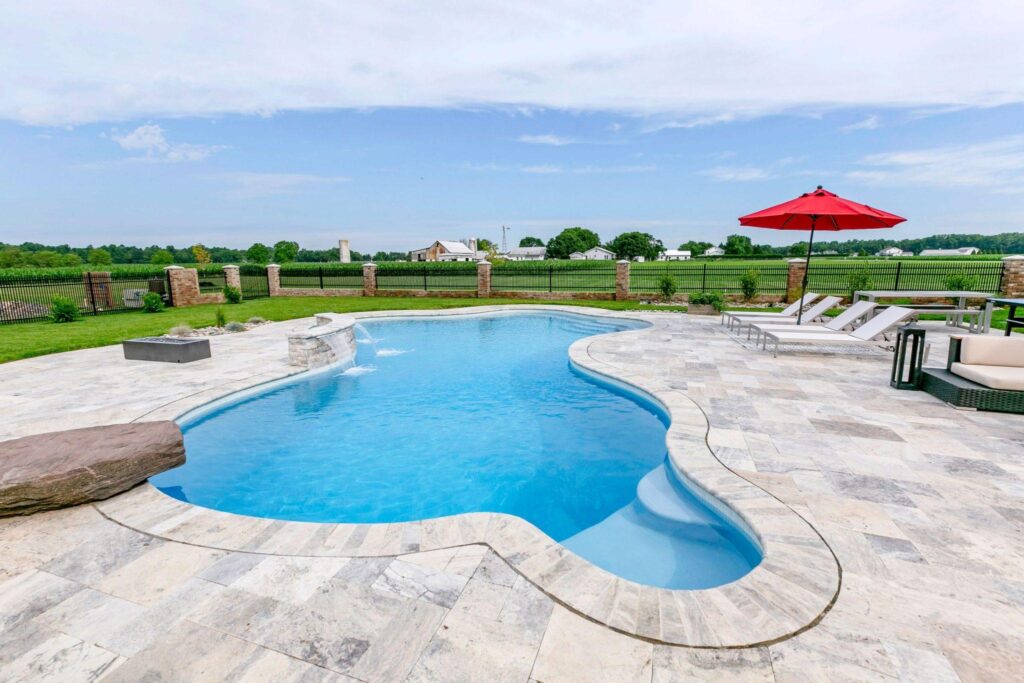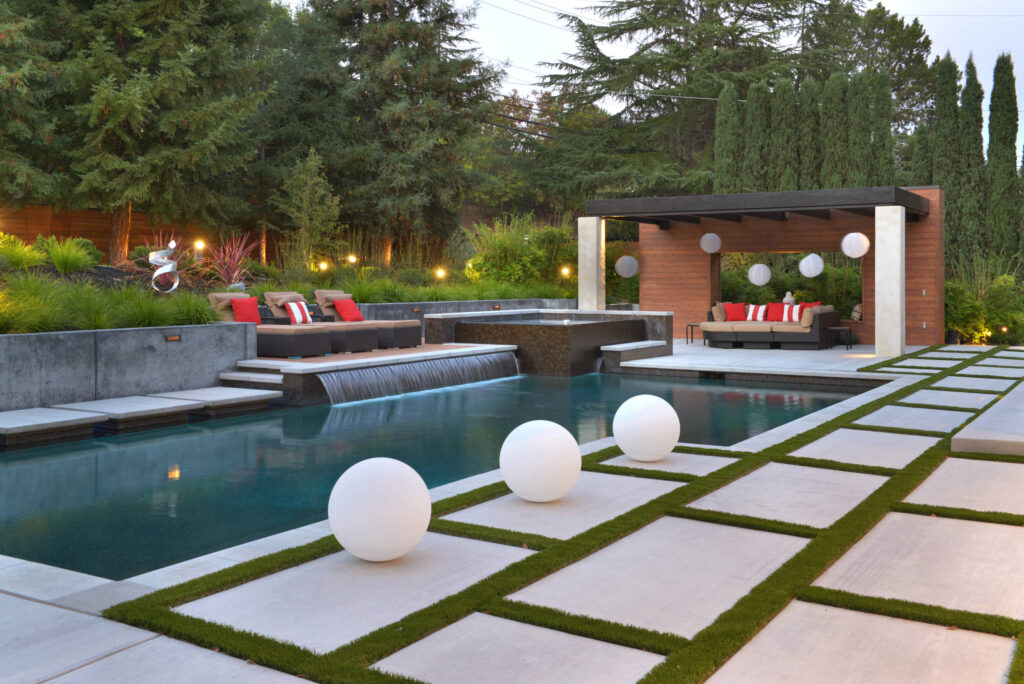When discussing fiberglass pools, several crucial factors determine how long they’ll serve your family. From the initial planning stages through years of enjoyment, decisions made about pool installation services significantly impact the overall lifespan of your investment. Quality materials, professional installation, environmental conditions, consistent maintenance routines, and typical usage patterns all play vital roles in determining longevity. Understanding these factors before installation helps homeowners make informed decisions that can extend their pool’s useful life by many years.
Benefits of Fiberglass Pools
What makes fiberglass pools a superior choice for homeowners seeking durability and low maintenance? Fiberglass pools are renowned for their exceptional strength and resilience. The material’s flexibility allows it to withstand various soil conditions, making it less prone to cracks or leaks compared to other pool types. The smooth gel coat surface inhibits algae growth, reducing the need for frequent scrubbing and chemical treatments. This results in lower maintenance costs and less time spent on cleaning, providing homeowners with more time to enjoy their pool. Fiberglass pools also have a faster installation process compared to concrete or vinyl options, minimizing disruption to the property and allowing for quicker enjoyment.
Factors Affecting Pool Lifespan
The longevity of a fiberglass pool is influenced by several key factors that impact its overall lifespan. Proper installation is paramount; ensuring the pool is correctly placed and supported helps prevent structural issues. Quality materials and construction techniques are essential for durability. Environmental factors like temperature fluctuations, UV exposure, and soil conditions can affect the pool’s integrity over time. Regular maintenance, including cleaning, water chemistry balance, and equipment upkeep, plays a significant role in prolonging the pool’s lifespan. Usage patterns, such as frequency of use and activities conducted in the pool, also impact its longevity. Understanding and addressing these factors diligently can help maximize the lifespan of a fiberglass pool.
Maintenance Tips for Longevity
Regular maintenance tasks are essential for extending the lifespan of a fiberglass pool. To maximize durability, we recommend the following maintenance tips:
- Keep pH Levels Balanced: Regularly test and adjust the pH levels to prevent corrosion and maintain water clarity.
- Clean Filters and Skimmers: Routinely clean filters and skimmers to optimize filtration and prevent debris buildup.
- Monitor Chemical Levels: Regularly check and adjust chlorine and other chemical levels to prevent algae growth and maintain water quality.
- Inspect for Damage: Periodically examine the pool surface for any cracks, chips, or damage, addressing them promptly to prevent further deterioration.
Following these maintenance tips diligently will help preserve your fiberglass pool and maximize its lifespan.
Signs of Pool Aging
Common indicators of fiberglass pool aging include surface discoloration, gel coat deterioration, and structural imperfections. Surface discoloration manifests as a change in the pool’s color, often due to UV exposure and chemical imbalances. Gel coat deterioration presents as a rough or chalky texture on the pool surface, signaling wear and tear of the protective coating. Structural imperfections, such as cracks or bulges, indicate potential weakening of the pool shell. These signs suggest the need for closer inspection and potential maintenance to prevent further deterioration. Regular monitoring and prompt addressing of these aging indicators can help prolong the lifespan of the fiberglass pool and maintain its structural integrity for years to come.
Renewing and Extending Pool Life
To prolong the lifespan of a fiberglass pool and maintain its structural integrity, proactive steps can be taken to renew and extend its life cycle. Here are some key strategies to keep in mind:
- Regular Inspection: Conduct routine checks for any signs of wear, including cracks, bulges, or fading.
- Chemical Balance: Maintain proper chemical levels to prevent corrosion and preserve the pool’s surface quality.
- Surface Refinishing: Consider refinishing the pool surface every 10-15 years to address any deterioration.
- Upgrading Equipment: Stay updated on technological advancements in pool equipment to improve efficiency and longevity.
Related Topics:







